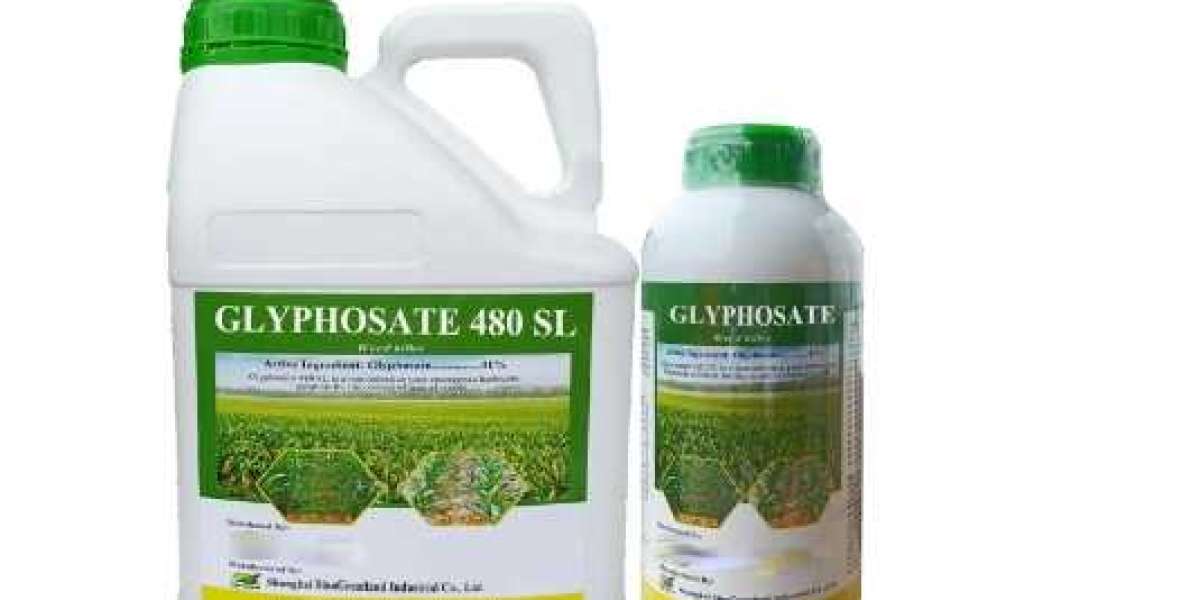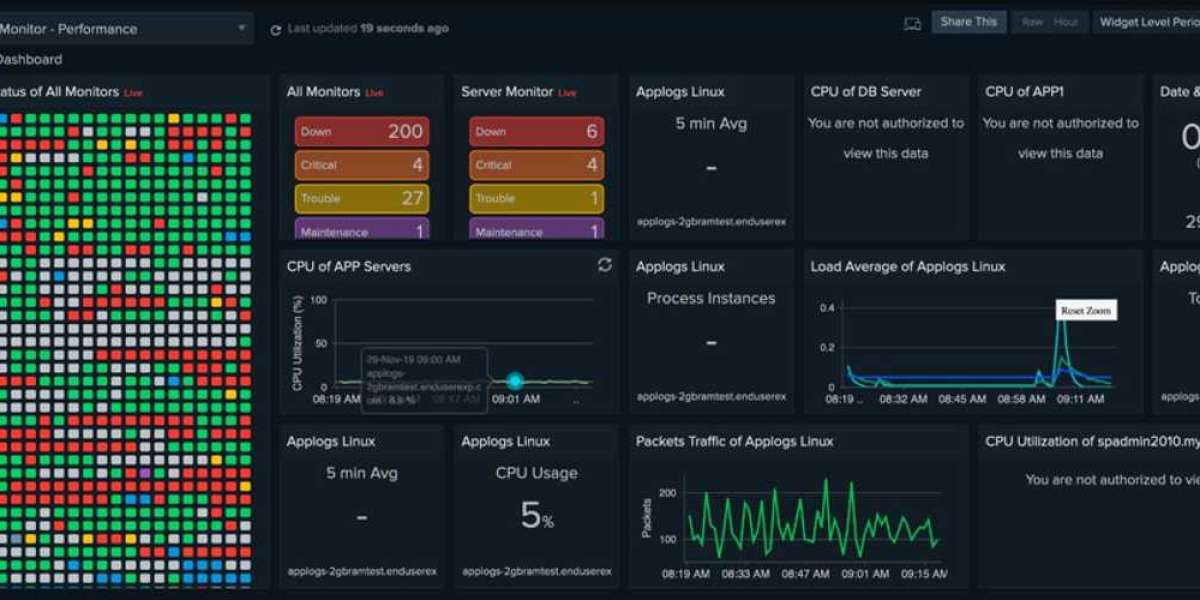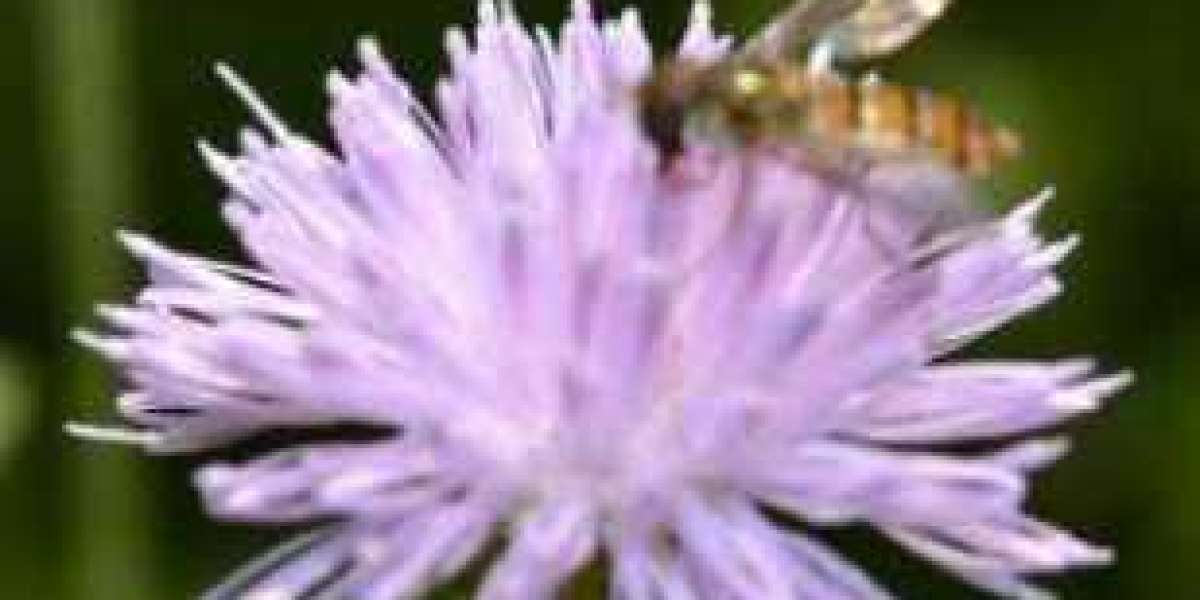Glyphosate, the active ingredient in many herbicides, has been widely used for decades in agricultural, commercial, and residential settings to control weeds. Glyphosate-based herbicides, such as Glyphosate 62% IPA Salt, are effective tools in weed management due to their broad-spectrum activity. However, concerns have been raised about the potential impact of glyphosate on non-target plants and animals. In this blog post, we will explore the effects of Glyphosate 62% IPA Salt on non-target organisms and shed light on the current scientific understanding surrounding this topic.
Understanding Glyphosate 62% IPA Salt
Glyphosate 62% IPA Salt is an herbicide formulation that combines glyphosate, the active ingredient responsible for killing weeds, with isopropylamine salt. This formulation enhances the herbicidal activity of glyphosate by improving its stability and increasing its effectiveness against a wide range of weeds.

Potential Harm to Non-Target Plants
Glyphosate primarily targets an enzyme essential for plant growth, which leads to the death of susceptible plants. However, studies have shown that non-target plants can also exhibit varying degrees of sensitivity to glyphosate exposure. The extent of harm depends on factors such as dosage, timing of application, and the specific species of non-target plant.
Non-target plants growing in close proximity to treated areas may experience unintended exposure to Glyphosate 62% IPA Salt through spray drift or soil residues. In some cases, sensitive plants may display symptoms of injury, such as yellowing, stunting, or wilting. However, the severity and persistence of these effects can vary greatly among different plant species.
To minimize potential harm to non-target plants, it is crucial to follow label instructions and adopt proper application techniques. Effective measures include reducing spray drift, avoiding application during windy conditions, and implementing buffer zones near sensitive vegetation.
Impact on Non-Target Animals
Glyphosate 62% IPA Salt is primarily designed to control plants and does not pose direct toxicity risks to non-target animals under normal usage conditions. Glyphosate has low acute toxicity and is relatively safe for mammals, birds, and insects when used as instructed. The U.S. Environmental Protection Agency (EPA) sets safety standards for pesticide residues in food and water, ensuring that glyphosate levels are within acceptable limits.
However, concerns have been raised about the potential indirect effects on non-target organisms through habitat alteration. Glyphosate-based herbicides can cause a reduction in plant diversity, affecting the availability of food and shelter for wildlife.
Furthermore, studies have suggested that glyphosate may affect the gut microbiota of certain insects and animals, which could have cascading effects on their health and ecological interactions. These findings are still being explored, and further research is needed to establish the long-term consequences on non-target animals.

Enhancing Safety Measures
To mitigate potential harm to non-target plants and animals, it is essential to follow integrated pest management (IPM) practices. IPM includes a combination of strategies aimed at reducing reliance on chemical control methods and adopting a more holistic approach to pest and weed management.
Some recommended practices include
1. Targeted Application: Apply Glyphosate 62% IPA Salt only where necessary, focusing on the specific areas with weed infestations rather than blanket application.
2. Spot Treatment: Instead of treating an entire area, utilize spot treatments to minimize exposure to non-target plants.
3. Timing: Apply herbicides during periods when non-target plants are less susceptible or dormant, while weeds are actively growing.
4. Effective Weed Prevention: Implement preventative measures such as mulching, proper plant spacing, and regular maintenance to reduce weed pressure.
5. Crop Rotation: Rotate crops annually to break weed cycles and decrease the reliance on herbicides.

Conclusion
Glyphosate 62% IPA Salt is a widely used herbicide with broad-spectrum activity against weeds. While it can pose some risk to non-target plants and animals under certain circumstances, the overall impact can be minimized through responsible and informed use. Adhering to label instructions, employing integrated pest management practices, and considering the specific needs of non-target organisms are crucial steps in reducing potential harm.
Regulatory bodies such as the EPA continuously evaluate the safety and environmental impact of glyphosate-based herbicides. It is important for users to stay informed about any updates or changes in regulatory guidelines to ensure responsible usage.
Ongoing research is dedicated to understanding the long-term effects of glyphosate on non-target organisms. Scientists are studying the potential impacts on pollinators, aquatic ecosystems, and soil microorganisms to develop a more comprehensive understanding of the herbicide's ecological consequences.
Alongside scientific investigation, public awareness and education play a crucial role in promoting responsible herbicide use. By understanding the potential risks and adopting best practices, users can minimize unintended harm to non-target plants and animals while effectively managing weed populations.
In conclusion, Glyphosate 62% IPA Salt is an effective herbicide commonly used to control weeds. While it can potentially harm non-target plants and animals, proper application techniques, adherence to label instructions, and the use of integrated pest management practices can significantly reduce these risks. Ongoing research and regulatory oversight continue to shape our understanding of glyphosate's impact on non-target organisms, allowing for informed decision-making and responsible use.
By staying informed and adopting sustainable and responsible practices, we can strike a balance between effective weed control and minimizing harm to the environment and its inhabitants. As our knowledge evolves, it is our collective responsibility to ensure the safe and responsible use of herbicides like Glyphosate 62% IPA Salt.








